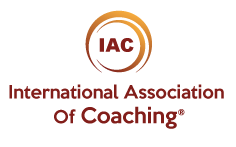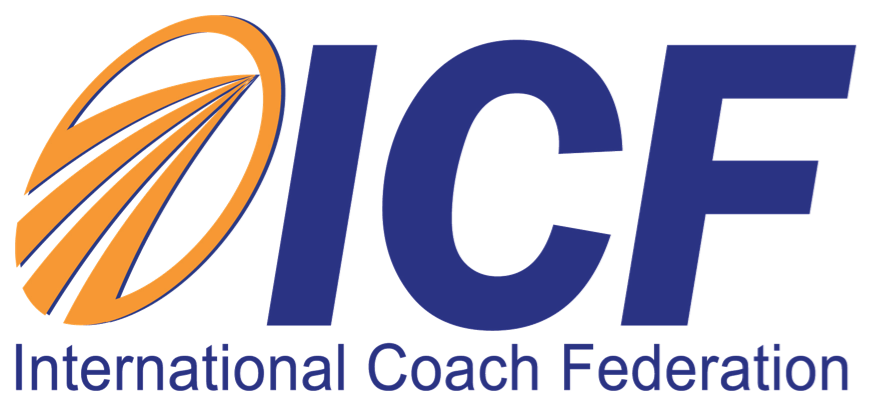Talent Management: The “Achilles Tendon”
Many organizations today are challenged with hiring talented people quickly, while managing escalating recruiting costs. Hopefully you already have a system, which ties your HR practices, to your strategic goals. However, you may have realized that, recruiting due to its inherent obstacles, is becoming more of an escalating expense than a strategic business benefit. In this case, you need to rethink your HR strategy.
Some examples of the common obstacles to your internal recruitment process could be:
1. Intense and complicated legal requirements.
2. Internal recruiting structures are very costly.
3. A three to six-month implementation period
4. No guarantee that the individual is a strong candidate for the position.
In general more often that not, companies have one or more of these “Achilles Tendons”. They or their outsourcing organization build needless complexity in to their talent management systems. They or their outsourcing organization utilizes a talent management tool that adds no new value to what the manager needs to do. They or their outsourcing organization frequently neglect the science behind their talent management efforts. They or their outsourcing organization fail to build transparency and accountability in to their talent management process.
As we are hoping the economy is on its way to improving, we can predict that the current large pool of qualified applicants applying for positions will quickly evaporate, and the organization who at the current time has carefully evaluated their recruitment process and improved it will then be ahead of the competition when the hiring bell rings. Finding qualified candidates for open positions will doubtless have a great impact on the business; improving its ability to attract more candidates, while from a compliance perspective, processes and reporting will also be stronger.
An antecedent of hiring, performance is one of the most powerful processes in today’s organizations, but it is also the most hated. That’s because from the beginning to end of the process, the path seems like an abyss tunnel of complicated and highly bureaucratic steps.
A good place to begin is to review the talent management process and check that it is at least tied to the following outcomes:
a. Performance management
b. Talent reviews
c. 360-degree assessments
d. Employee engagement
e. Succession planning
You may be among the many organizations, which have considered or already outsource your recruitment process. While this may be the trend, it is highly likely that your managers are bombarded by reams of data that they may not understand, or otherwise have no need or use for.
When it comes to adding value, employee engagement surveys for example are an area that offers HR leaders significant opportunities derived from the talent management process. One way we have previously been able to do this is by building an algorithm that can determine what three items on the survey will have the highest impact for a manager such as engagement for instance. This way, managers only need to focus on these three questions and not worry about the 30 or 40 other questions asked on the survey.
Previous organizations which have benefited from a “lean” talent management process such as that of Innovent Consulting have experienced the following direct benefits:
§ Better customer satisfaction
§ Reduced time-to-fill
§ More robust reporting metrics
§ Nearly 70% of the candidates are being advanced in the hiring process and 97% of the offers are being accepted.
So as you prey for better sales and higher revenues this latter part of the year, ask yourself, “is my organization doing everything it can to attract the right team which can take us to the top?” If you don’t know that answer, or are unsure, you are really exposing yourself opposed to your competition.





